All the media in this article have been credited to their original creator where applicable.
Culture is one of the defining factors of any country. Its influence can be seen in their art, religion, and traditions as well as ethnic relations and social standards that are on the opposite spectrum.
When it comes to Mongolia as a country, it has several cultural heritages that greatly differ from other long-standing civilizations. As a matter of fact, some of their traditions could be identified as “unique” in other countries. Historically, these traditions can be tied to their history of nomadic lifestyle.
While it cannot be argued that the “uniqueness” of the nomadic culture serves as an attractive destination or topic for the majority, the news of their urban culture and lifestyle has failed to display its traits on the internet. Accordingly, we will be discovering both sides of the spectrum here since we believe the internet is already oversaturated with the information on the more traditional cultural side of things.
What Makes the Traditional Culture of Mongolia So “Unique” That It Stands Out From The Rest?
If you have ever been interested in the culture of Mongolia, it is almost certain that you have heard about their commonly widespread culture of throat singing and shamanism. Whilst, they are generally characterizing aspects of the Mongolian culture. It does not end there.
Would You Be More Interested in Traditional or Urban Mongolian Culture?
If you are planning to visit Mongolia for its traditional culture, it might be a criminally wrong move to skip out on the urban culture of Mongolia that holds music festivals, fine art exhibitions, regularly ongoing live music events, and all the other attractions.
From “Deel” to Street Fashion
The Things You Might Not Have Expected From Deel
The Mongolian traditional attire is known as “deel”. The popularity of deel amongst Mongolian people has been steadily decreasing over the years. If you visit Mongolia during non-festive months, it is very unlikely that you will someone wearing deel in urban areas. But things start to change once you dip more into the countryside where deel is still commonly worn attire among the still nomadic population of Mongolia.
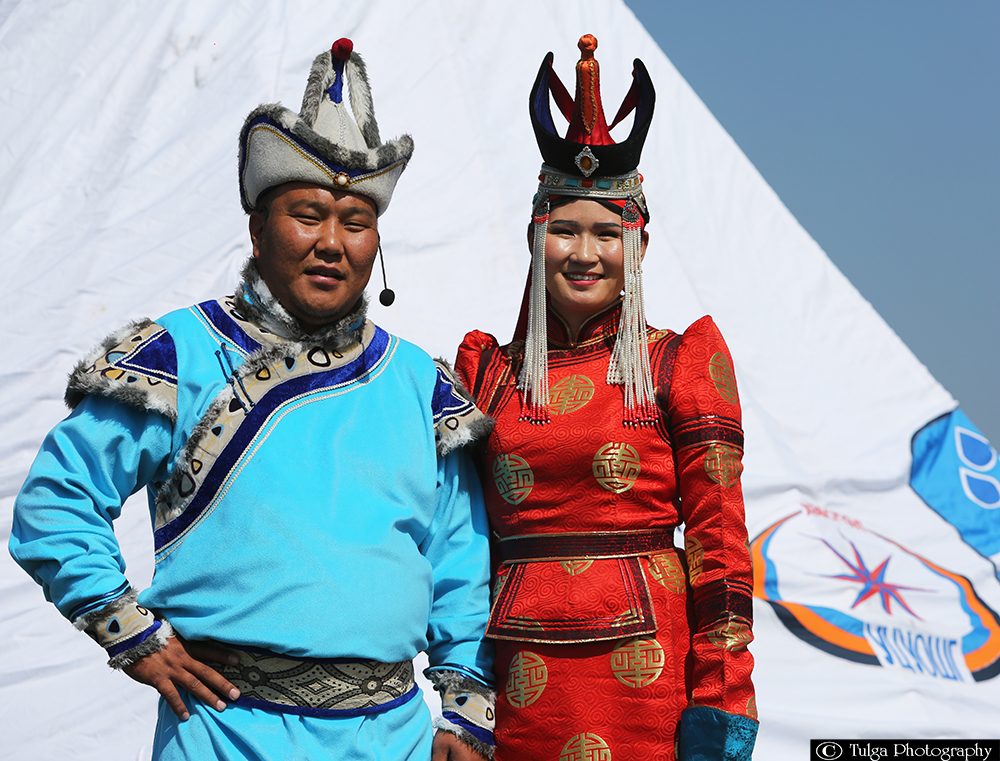
When it comes to owning a deel in Mongolia, you might even be surprised by how many options you might have. As a result of the Mongolian history, they have several tribes within them with each of them having a slightly different version of their deel. Not to mention, deel has found more style variations due to the younger generation of Mongolia pushing it to become the “norm” again at least during ceremonial and festive occasions in recent years.
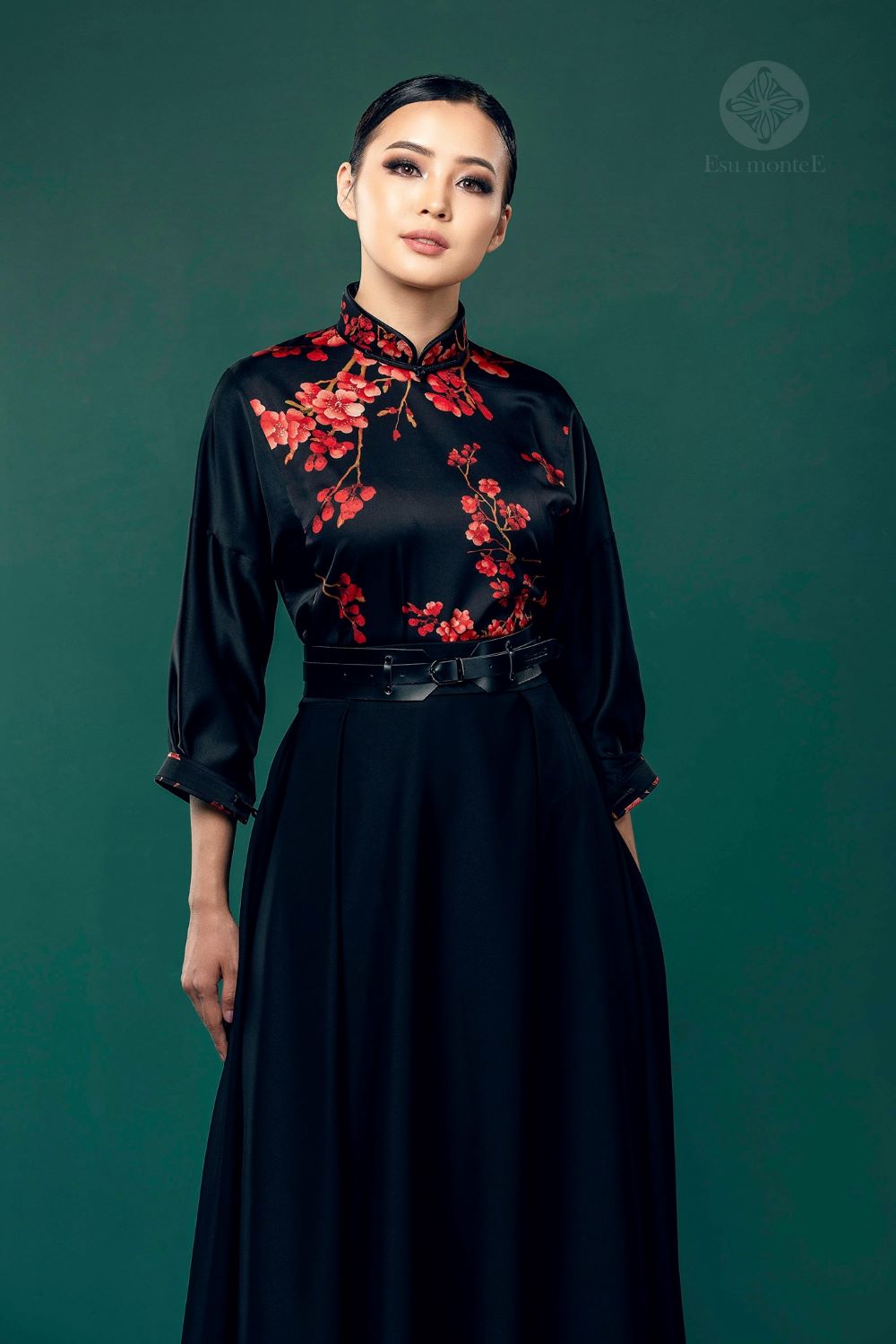
Subjectively, I see it as a win situation because who would not want to rock the traditional attire that was worn by the 13th-century warriors and maidens while also not being seen as a historical museum piece in the 21st century.
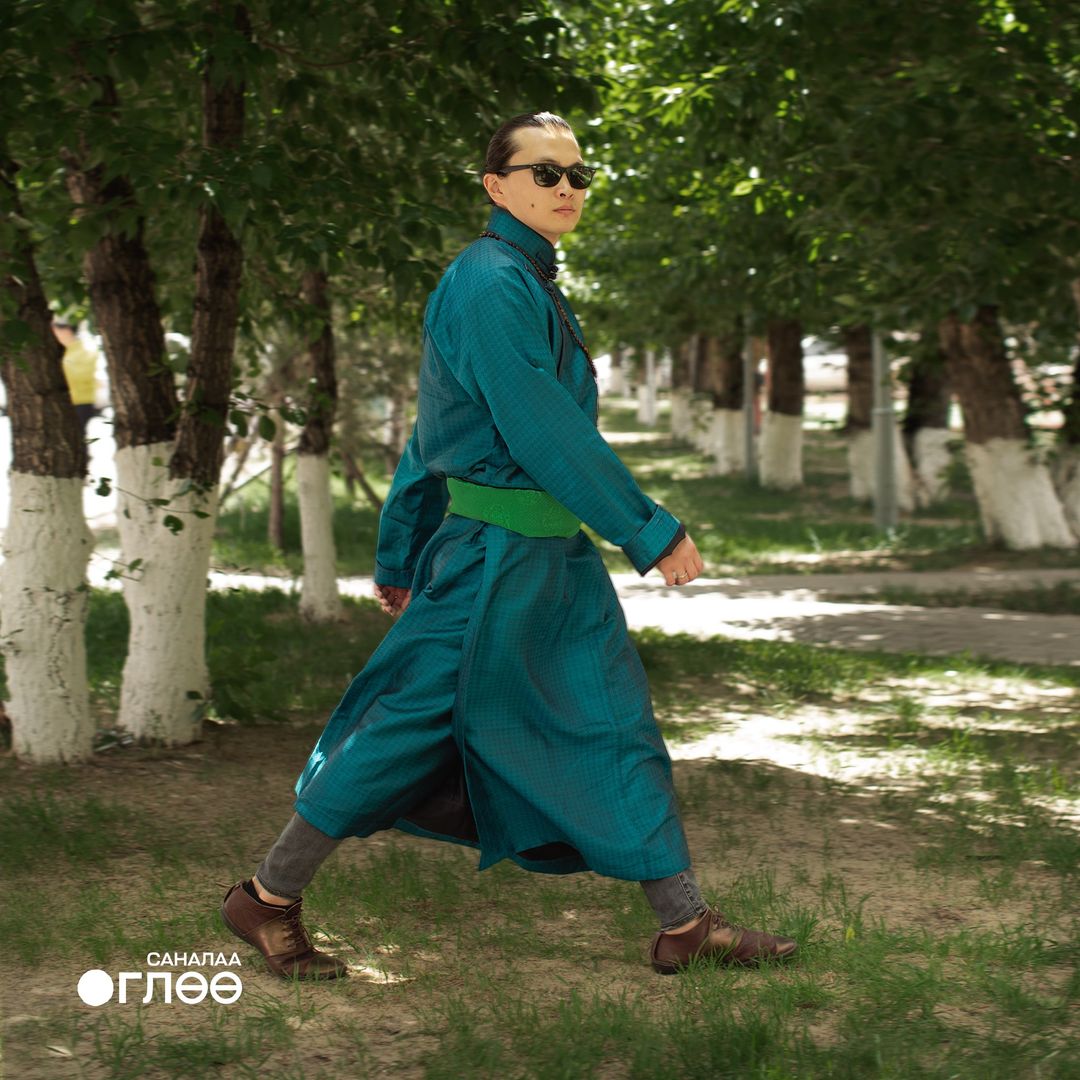
So Is Deel All Mongolians Wear All Day and Every Day?
The short answer is no. But the long answer might be what you are expecting as a reader. As much as the Mongolian youth is promoting their traditional garment known as deel in recent years, it is nowhere as close to being the mainstream as some people believe it to be, contrary to the numerous video documentaries on the Mongolian nomadic lifestyle.
Urban or as we call modern fashion of Mongolia could be seen as a lesser attractive option for tourists at first glance. However, the younger generation of Mongolia has not forgotten to spice it up without a fail too.
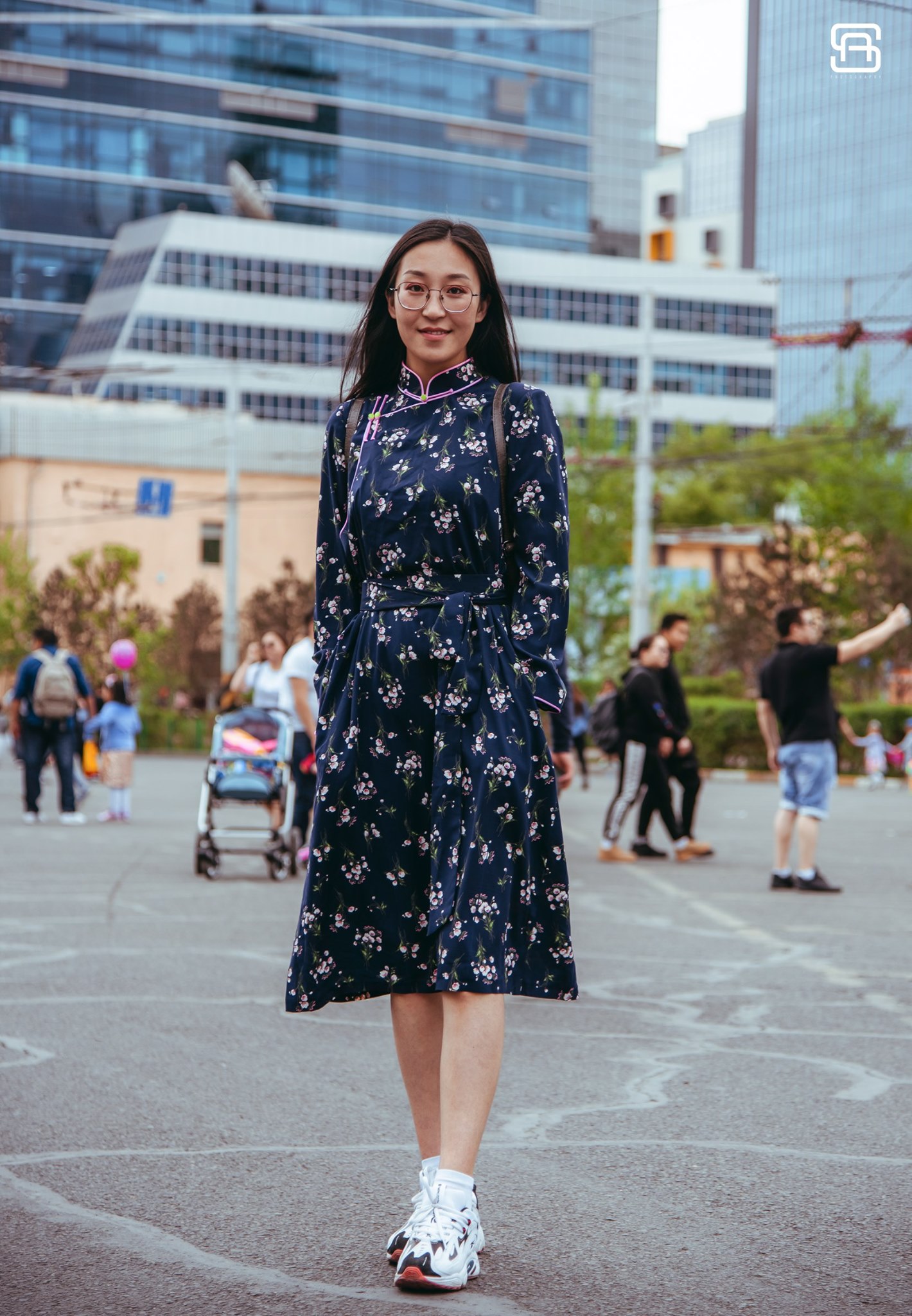
Each summer in Ulaanbaatar (the capital of Mongolia), a handful of street fashion events can be found. It is true that these street fashion occasions can be seen as inferior to the famous Harajuku or Seoul Street Fashion days but the great thing is that the number of the attendee and just the whole sheer influence of these days quickly growing in Mongolia.
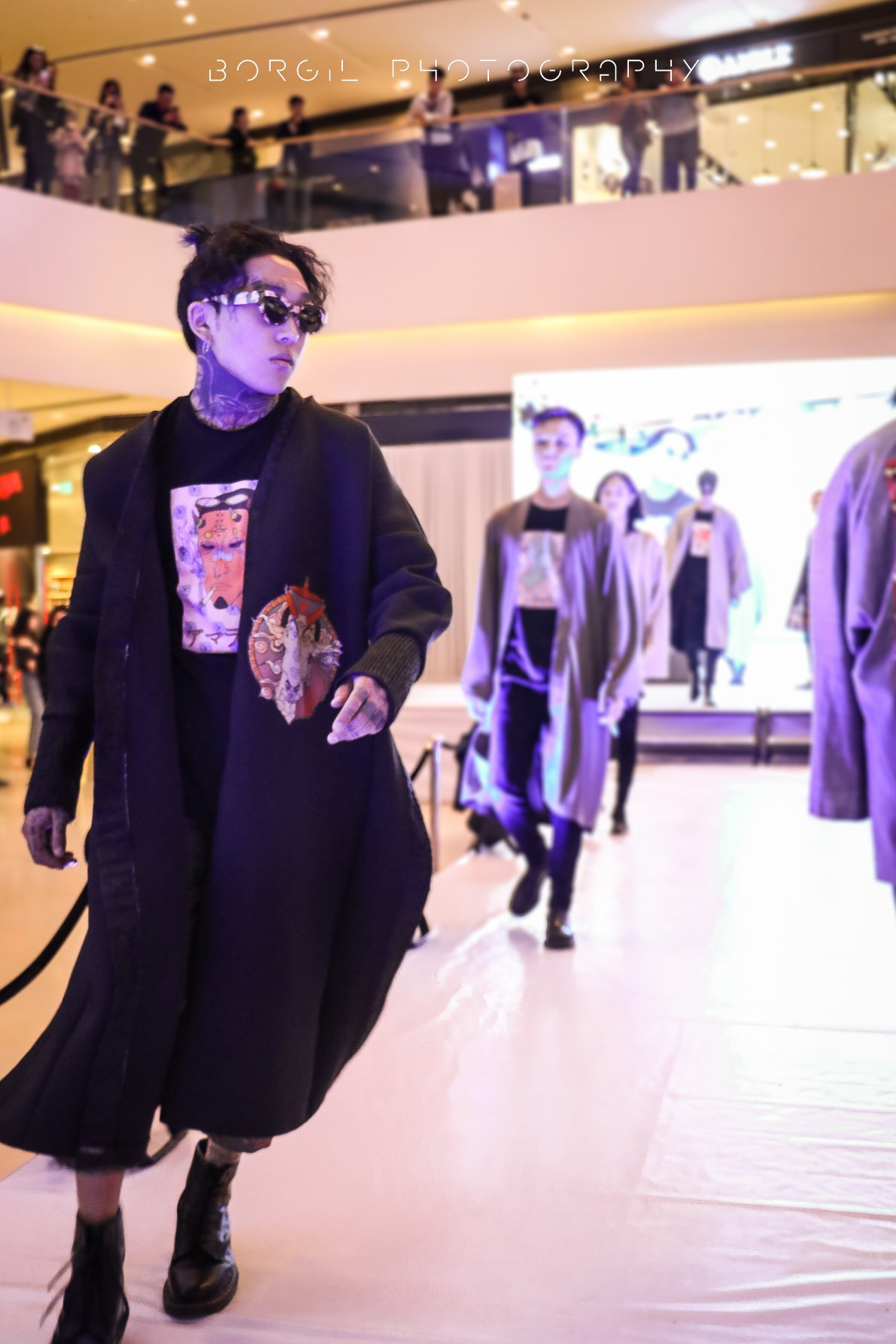
All So Famous “Throat singing” and What More Should You Expect From Mongolia?
If you are interested in the Mongolian musical culture, it traditionally consists of its long songs, throat singing, and the horse-headed fiddle.
The Heck Is Throat Singing?
Throat singing or what is also known as “höömi” is a fundamental part of the Mongolian musical culture. It is a practice that involves a specific way of vocal training for an extended period to produce the sensation of more than one pitch at a time.
Long Song? Will The Song Actually Be Long?
The long song is a musical genre that is one of the central elements of the traditional music of Mongolia. The genre is called long song not because only the songs are actually long but the traditional long song of 4 minutes can have only 10 words or so.
In another musical genre, that would be considered eccentric and it is no wonder that an entire genre had to be created because of it.
https://www.youtube.com/watch?v=wgOF-Cd19jU&ab_channel=MongolianVideos
How Does Horse-Headed Fiddle Differ From Other Asian Music Instruments?
Morin Khuur or the Horse-Headed Fiddle in English is the most important traditional musical instrument among Mongolians. It holds so much value among Mongolians that it is considered to be a symbol of the nation of Mongolia.
It is not so uncommon for it to be regarded as an important souvenir among many households in Mongolia.
My advice for the readers would be that if you ever visit a Mongolian household and see a horse-headed fiddle, please do consider asking the head of the household before indulging yourself in its marvel.
From the musical instrument point of view, it does have many unique aspects that are not so common among traditional musical instruments over the world.
One of the key differences that put it aside from other traditional musical instruments of neighboring countries is that it has only two strings that are made from stallion and mare’s tail hair. Together with its horse-head-shaped part, it exhibits the deep relation between Mongolian people and their long history on horseback.
But, the hair of the horse’s tail hair in the instrument might be a turn-off for some people too. Fortunately, the modern production of the horse-headed fiddle can have both the original design with horsehair as well as a modern horse-headed fiddle design with nylon strings.
Do Mongolians Only Hang On To Their Traditional Music Culture?
From all the information on the Mongolian traditional music culture, you could have been left wondering about what their urban music culture scene is like.
If the answer is yes for you, keep on reading because they do have an interesting urban music culture scene.
When it comes to music, it can be diverse for Mongolians like in any other country. But rather than noting all the genres that are popular in Mongolia, we believe it is convenient to mention notable urban music hubs and occasions.
What Is The Largest Music Festival In Mongolia?
Playtime Music Festival hosts the largest number of artists and bands as well as the audience in Mongolia.
The festival first started almost two decades ago to be the stage for rock, metal rock, and indie genres that were both fresh and alien for Mongolians in the late 1990s and early 2000s. Since then, it had over 800 artists and bands from both Mongolian backgrounds and the international scene.
Thanks to its long-standing history, the festival has recently grown to include artists and bands from all genres of music.
For people who are interested in what the urban Mongolian music culture is like, the festival is the perfect opportunity to thrive in it for 3 days straight, just outside the capital of Mongolia.
I Missed The Festival, So What Now?
Fear not if you cannot make it to the festival to dive deep into the urban musical culture of Mongolia, there are other options for you to explore in Mongolia.
Fat Cat Jazz Club
Fat Cat Jazz Club is the most vibrant underground live music hub in the downtown area of Ulaanbaatar. The Club was founded by the Mongolian band called Magnolian.
The Club not only hosts jazz music days but all other genres of live music. We believe it is one of the must-visit destinations in Mongolia if you are keen on exploring what the Mongolian urban music culture has to offer.
To All Visual Arts Lovers
The fine art of Mongolia has to be categorized into three religious segments, traditional Mongol art and the contemporary art of the current era.
Buddhist Heritages and Monasteries
The Mongolian fine art related to religious background goes all the way back to 1578 when Altan Khan, a descendant of Genghis Khan, invited the 3rd Great Dalai Lama to unite all Mongols in a single state under the influence of Buddhism.
Mongolia has quite a lot of religious cultural heritage in the form of Buddhist monasteries. Out of them, the most well-known one is “Amarbayasgalant Monastery” or the “Monastery of Tranquil Felicity”. The monastery carries a long history of Buddhism over 3 centuries starting from its beginning of construction in 1727 to the present.
Here you can find, the Buddhist sculptures of divine beings as well as its mural art and unique architecture. For art enthusiasts that are interested in Buddhism religious art, the monastery is one of the few places in the world to still stand as the remaining heritage of Buddhism.
What We Perceive Is What We Exhibit
The early 20th century of Mongolian history marks the starting point of widespread popularization of the fine art method of oil painting. Mongolians defined the genre started in this era as “Mongol zurag” or the “Mongolian painting”.
Mongol zurag often seeks to depict the natural landscape, steppe, historical figures, or the attempt on capturing the cultural heritage of Mongolian history.
Throughout this era, several notable figures that immensely contributed to the Mongolian zurag genre were born including:
“One Day in Mongolia” or “Mongolyn neg ödör” (1911 – 1912) – by Sharav “Marzan” Balduu
“One Day in Mongolia” or “Mongolyn neg ödör” is easily one of the most known fine art paintings in Mongolia. The artwork captures all the essence of the Mongolian lifestyle on the steppes.
The artist Sharav Balduu commonly known as Marzan Sharav is often credited with his contributions to the introduction of modern painting styles in Mongolia.
Uvgun Huurch – by Yadamsuren Urjin
Just like all the people on this list, Yadamsuren was a Mongolian artist best known for socialist realist style paintings as well as popularizing the Mongol zurag style of painting.
Tsaatan (1939) – Oil on Canvas – by Gavaa. L
So if you are ever interested in the Mongolian history portrayed through its fine art, the keyword “Mongol zurag” will probably cover all the things you might be seeking.
So the next question is that “Does Mongolian fine art only illustrate its nature, steppe, people, and culture?”
The answer to this question is a big no. The usual depiction of those themes mostly lives in the early development of Mongolian fine art.
When Did The Contemporary Art Bloom in Mongolia and What Forms Did It Take?
The History of Mongolian Contemporary Fine Art begins mostly after the country shifted from its communist governance to democracy in 1990. Before that, Mongolian industries as well as its fine art space were heavily restricted to what the Soviet Union had to offer.
Subsequently to its shift to democracy, Mongolian fine art was introduced to a wider spectrum. People were more easily allowed international travel to expand their fine art horizons.
Nowadays, “Mongol zurag” is yet to lose its primary fine art genre status because of its unique reliance on Mongolian history and culture. But the Mongolian fine art no longer depends only on its history and culture anymore.
Some of the most notable figures of the current generation go by:
Orkhontuul Banzragch
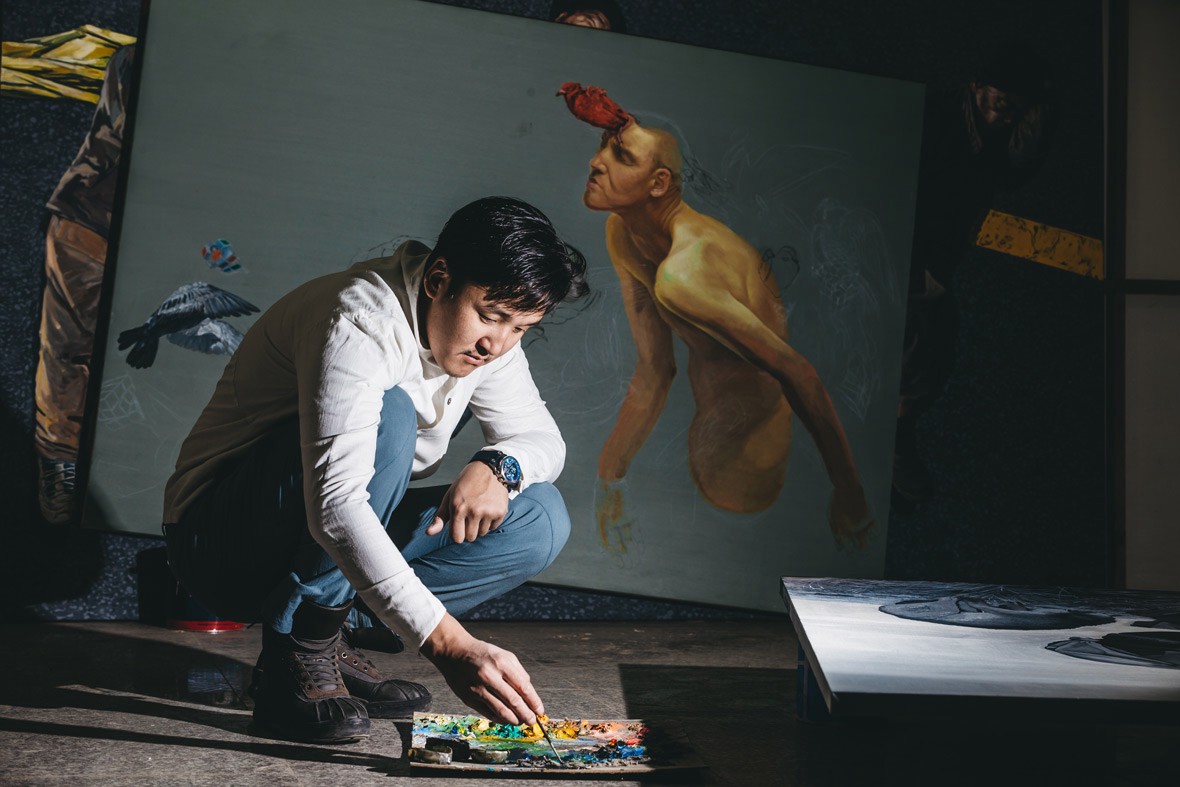
Orkhontuul Banzragch is one of the most notable artists of the Mongolian current fine art generation. The singularity of his art is often how he perceives the social issues that are invisible to the general public while being in plain sight due to the social norms that have been adapted for long periods by Mongolians themselves.
Each of his art does not forget to breathe its own ambiance to the viewers without a fail. For people who have lived in Mongolia, his art will surely give a thought or two for you to contemplate and for others, being in the presence of his art could give you a rough perspective of the life norms in Mongolia too.
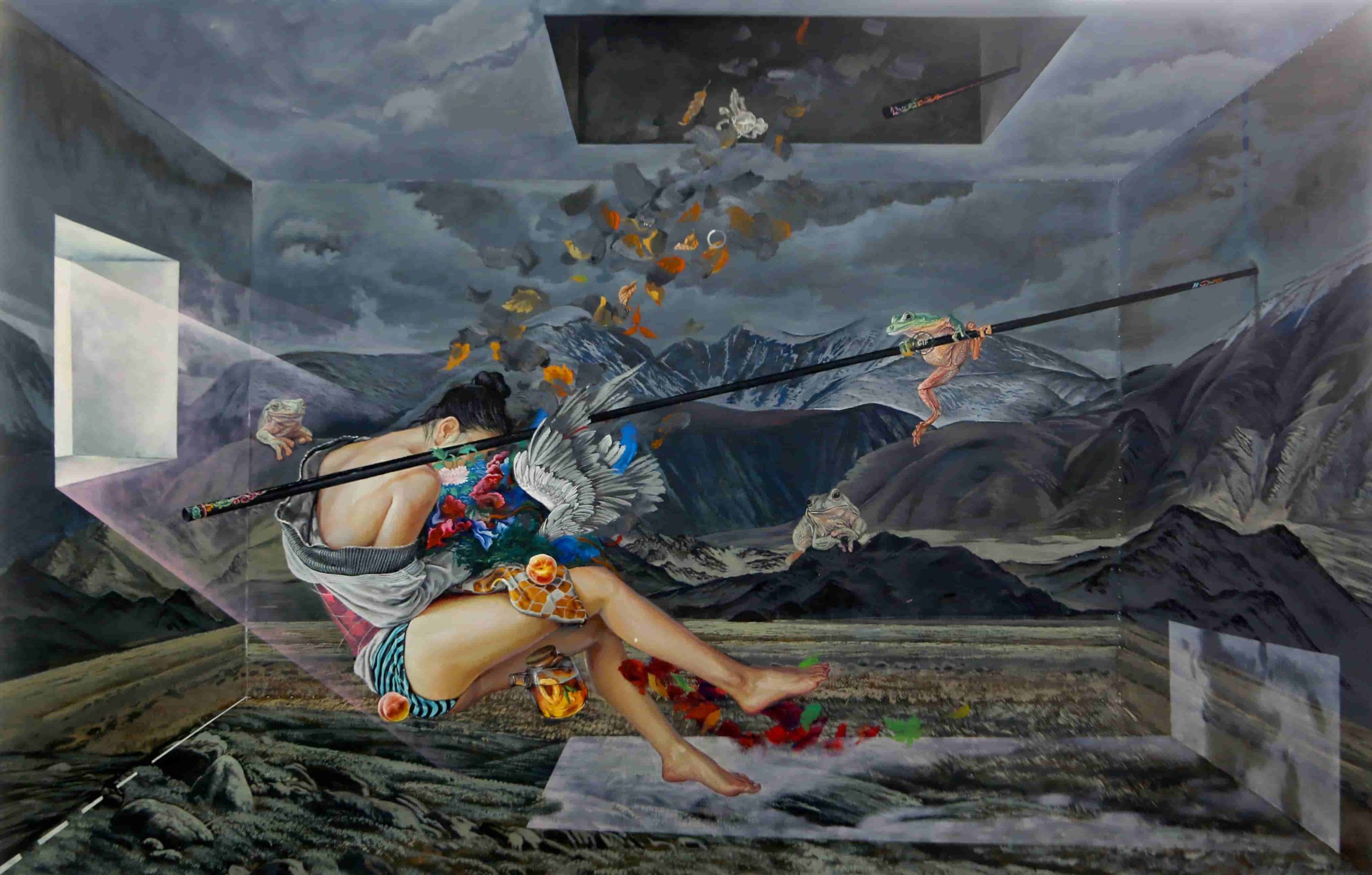
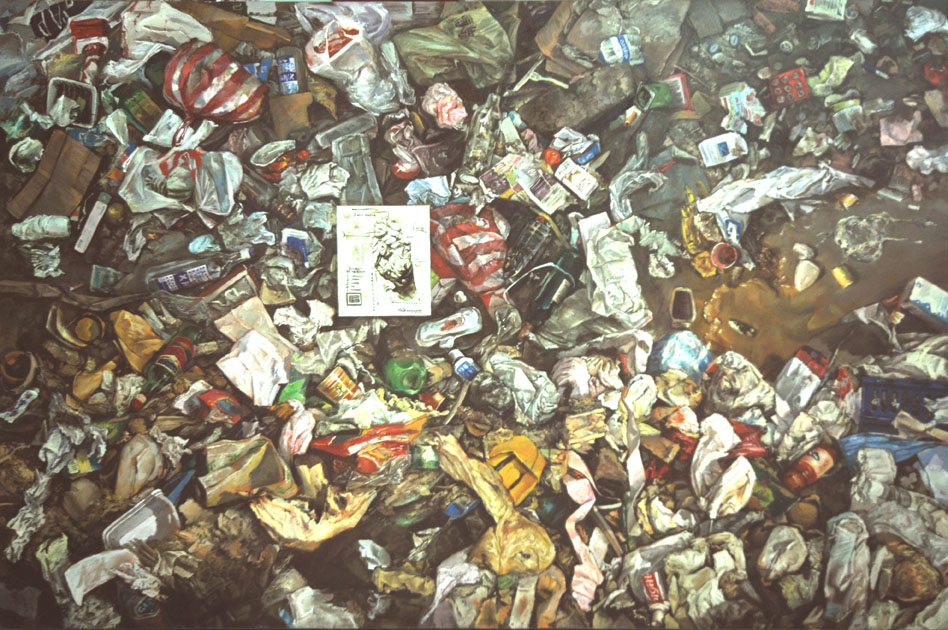
Sarantsatsralt Ser-Od
One more Mongolian contemporary artist that I just cannot forget to mention is Sarantsatsralt Ser-Od. Specifically, her solo exhibition “Mind Rescue” was easily one of the most unprecedented exhibitions in the history of Mongolian fine art with her own depictions of common values in modern life centered around the capitalist mindset of personal possession and wealth.
The exhibition solely exhibited her Installation and conceptual readymade works that were made only available during this exhibition.
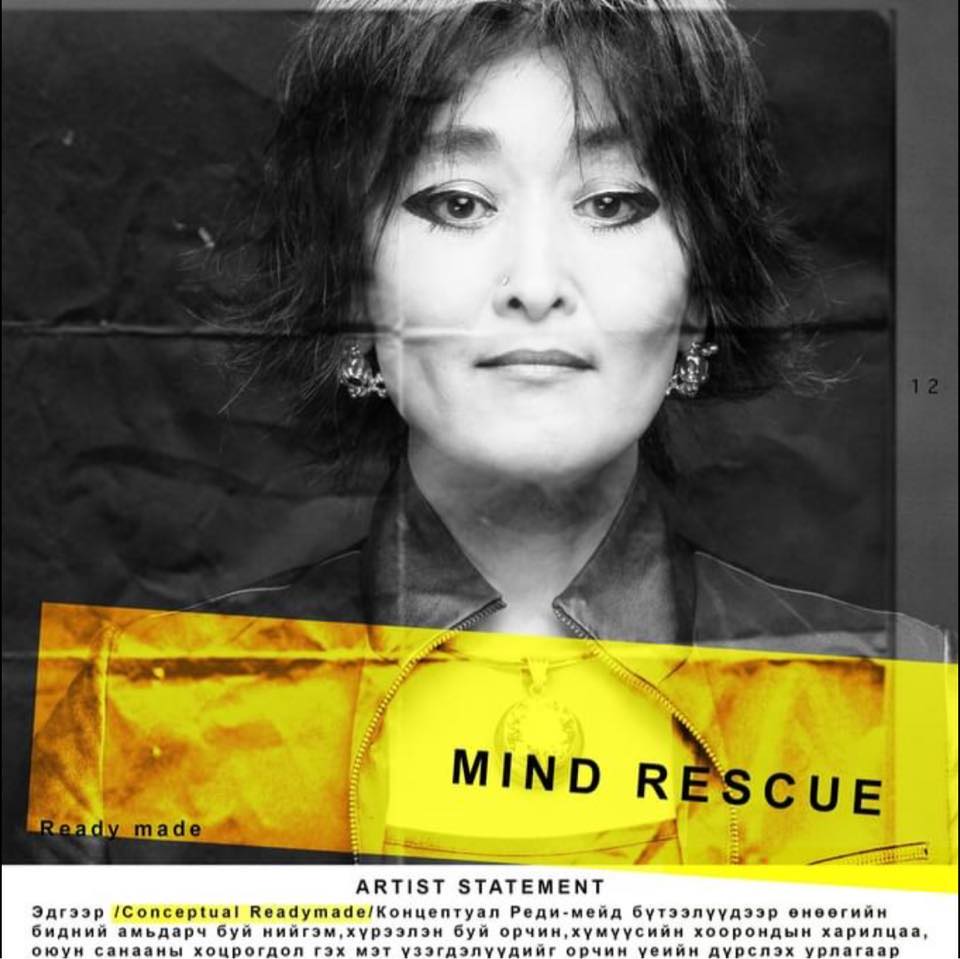
Our own interpretation of the displays can be summarized in just one sentence: “Loveless Life in This City Where Moneyless You Is Destined To Struggle”
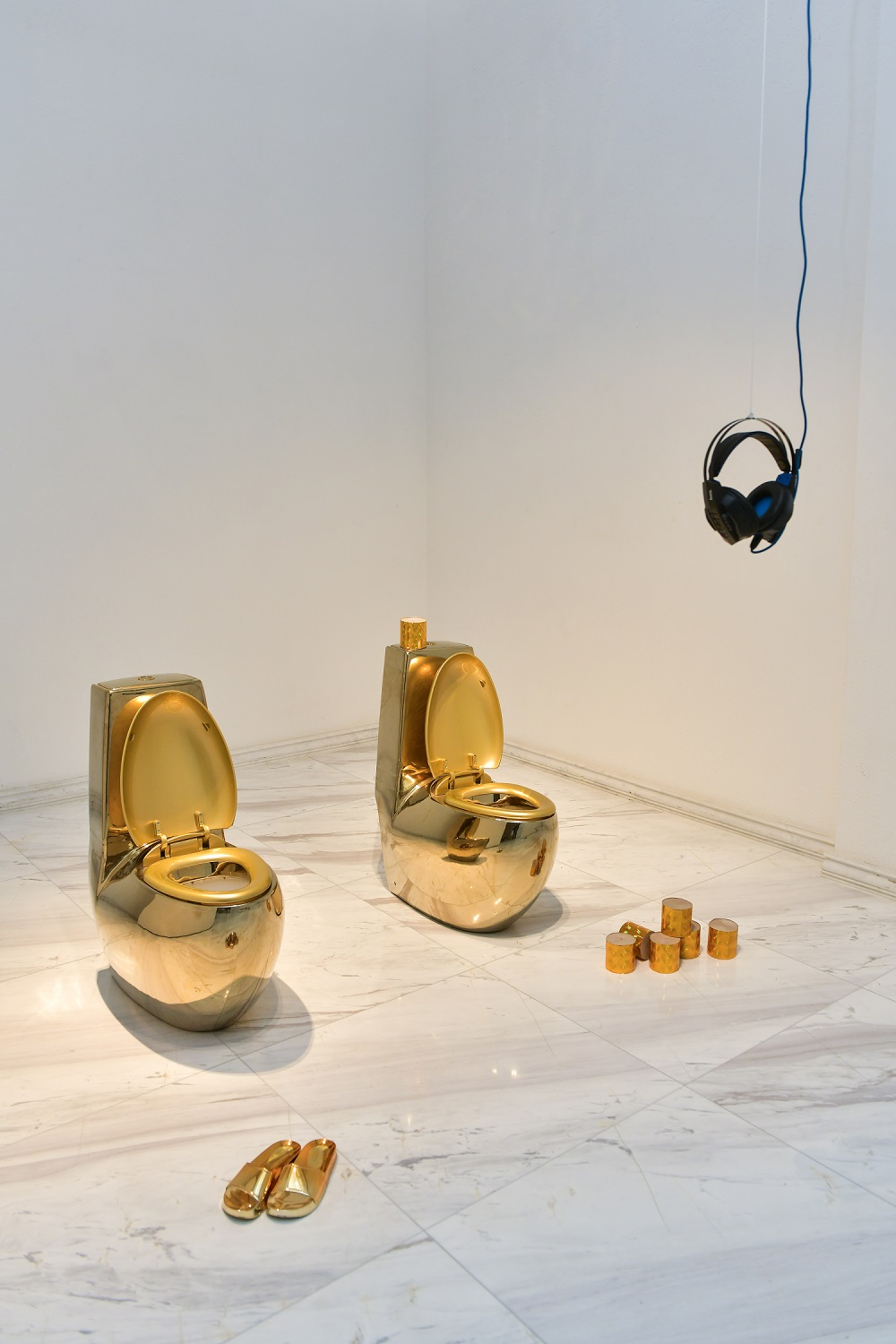
The Places You Can Find The Cultural Fine Art Works in Mongolia
If you have made it this far, we are sure that you might be wondering about the places that you can visit to see these artworks in person. If so fear not, we are going to do just that for you.
Mongolian National Modern Art Gallery
Mongolian National Modern Art Gallery is a hidden gem of Mongolia. It is a government-supported art gallery with over 4,200 permanent works with only a small segment of them being on display on a rotation.
Here you can find every piece of artwork that each era of the Mongolian fine art culture since the gallery is always collecting new artworks.
The Fine Arts of Zanabazar Museum
For those who are interested in the religious side of fine art culture, the Fine Arts of Zanabazar Museum is the perfect destination. The museum was founded in 1966. It exhibits a huge collection of Mongolian fine art master artists from the 18th to the 20th centuries.
One of its main attractions is a collection of Buddhist artifacts, sculptures, ritual instruments, and ornaments as well as the musical instruments used in the Buddhist practices.
The Union of Mongolian Artists and its Art Gallery
The Union of Mongolian Artists is an organization that is founded and managed purely by the artists themselves since 1942.
The idea of highlighting the Union of Mongolian Artists is born because, in its history of decades, almost every Mongolian artist has had numerous interactions with the organization.
To this day, it is not the fanciest fine art destination in Mongolia. But if you are seeking a specific fine art in Mongolia, make sure to visit this place because it is a hub for Mongolian artists with the richest history.
Perhaps, you might be able to find a clue about the artwork that you have been looking for or even the artwork itself in this place.
Mongol Art Gallery
Aside from the long-standing museums and galleries in Mongolian fine art culture, Mongol Art Gallery is a must-visit destination for people who are interested in the Mongolian fine art culture.
While the gallery may not have the longest history on this list, it is a prime example of how modern fine art galleries should be run.
For people who might not interested in visiting historical monuments and museums, Mongol Art Gallery is the best spot for a modern fine art hub in Mongolia.
Where Can I Find Information On The Mongolian Fine Art Culture Exhibitions and Displays?
When it comes to finding new information on the Mongolian Fine Art Culture Exhibitions and Displays, the safest bet is Art Avenue of Mongolia.
Art Avenue may not have the most advanced website in Mongolia. But it is the most frequently updated one in the Mongolian fine art culture.
The team at Art Avenue keeps close relationships with Mongolian artists as well as their upcoming exhibitions and promotes them on their website and social media without missing them.
So if you are interested in ongoing or upcoming fine art exhibitions in Mongolia, be sure to check out Art Avenue.
Spirit of Gobi – The Mongolian Contemporary Art and Electronic Music Festival in the Gobi Desert
Yes, you heard it right. It is a very unique location and combination of cultures.
Spirit of Gobi is a recently introduced festival in Mongolia. The organizers orchestrate a grand festival in the Gobi Desert of Mongolia which itself is already a must-visit destination.
It is a combination of the best contemporary arts, and live and electronic music artists as well as the rising sun of the gobi desert that could get you lost in what Mongolian contemporary culture has to offer from dawn to dusk and dusk to dawn.
What Is Shamanism? Is Shamanism Religion?
Contrary to what most people believe, shamanism is not considered to be a religion. It is deemed a common ancient ritual.
Shamanism is not entirely unique to Mongolia or Outer Mongolia. It has been practiced in the central regions of Asia since ancient times by numerous tribes. Each tribe has its own traditions and customs that overlap with each other while mostly being different in their ornament, clothing, or even instruments used in the ritual.
Yes, Shamanism is not considered to be a religion by the people who practice it. Rather than that, it is an ancient ritual to connect with your ancestors for guidance. In Mongolia and other cultures, we call the afterlife “Eternal Blue sky” or “Munkh Khukh Tengri” where the realm is connected to our own through spiritual connection.
This allows us the current generation to connect to their ancestors who our bloodline descends from through an ancient spiritual ritual called shamanism and letting them use their bodies as a host for a short period.
The most interesting facts found in shamanism are how the shamanistic ritual user or simply shaman has no idea what conspires while he or she is acting as a host and how the mannerism and body language of them always change like a different person depending on whom from your ancestors is descending into the host.
These ancestors are often distinguished figures from your bloodline that had strong spiritual power and connection. Most shamans have what they call “Tushee” often from their close relatives.
Tushee could be called the shaman’s assistant in simple terms. They are considered to be important figures from your bloodline and relatives. He or she acts as a crucial figure in each shamanistic ritual.
A common characteristic among shamans is how they conceal their faces to hide the distorted mannerism through the face of their current generation. It is simply forbidden for shamans to reveal their faces during the descent of their ancestors.
INTERESTING INFO: There also exists some pretty eerie gossip that goes around shamanism. The most well-known one is who the next shaman from your bloodline will be is randomly chosen by your ancestors and if you don’t either accept or decline this responsibility, your ancestors can forcibly meddle in your affairs, resulting in some unwanted moments in your or your close relative’s life.
Nomadic Traditions of Mongolia
One of the most widely known parts of Mongolian culture is their nomadic traditions and lifestyle for a good reason.
Their nomadic lifestyle is closely related to their prime time in the history of the Mongol Empire. Since then centuries have passed but this tradition is practiced to this day in Mongolia.
Mongolian yurt or “Mongol ger” and the lifestyle surrounding their horse and live stocks are almost impossible to be found alive anywhere in the world nowadays. That is why each year people from all over the world visit Mongolia to seek about it.
The origin of the nomadic lifestyle can be tied to their geographical climate. While the most renowned moments in the nomadic lifestyle could be viewed during the early years of the Mongol Empire, the nomadic lifestyle was practiced in the steppes much longer than in the Mongol Empire.
The Central Asian steppes where the Mongol Empire founded is a very harsh and cold land. The land itself was never rich enough to host a settlement throughout the year because agriculture was not preferred in these lands. This has given birth to the unique nomadic culture where people live close to their livestock while relocating to different parts of the steppe throughout the year for better lands.
That is why the livestock of Mongolia is regarded as the livelihood of our life to this day and thus was born a whole lifestyle related to nomadic tendencies war born.
The Perfect Dwelling For Nomadic Lifestyle – Mongolian Yurt
Yurt is the most common dwelling in nomadic culture. It was used by several tribes in Central Asia thousands of years ago. But Mongolian Yurt is the most common and easy to find among them nowadays without a doubt.
Yurt is a portable dwelling with a great air exchange system that can be used in all seasons. For people who are interested in buying a yurt, you can get a quote of your preferred 100% Mongolian authentic yurt options at our website as we offer international shipping for the yurt of your choice with the instruction manual along with a video.
The Experience of Living with a Mongolian Nomadic Family
For people who are not bothered by spending time with livestock, there are a great number of options in spending your time with Mongolian families that still practice nomadic lifestyle to this day.
You can get deeply engrossed in the nomadic lifestyle of Mongolia by visiting popular trip websites such as TripAdvisor or smaller tour and trip organizing teams In Mongolia.
Our recommendation would be to contact smaller teams since they tend to offer a better itinerary that is more tailored.
PRO TIP: Make sure to visit Mongolia during Summer (Mid June to Early August) since the climate can be very harsh for most people outside this period.
Mongolian Festivities
When it comes to the Mongolian National Festival Culture, there are two that should take your attention. They are respectively recognized as “Naadam” and “Tsagaan Sar”
Naadam or Eriin Gurvan Naadam
Naadam or Eriin Gurvan Naadam literally means “The Three Games of Men”. The three games are Mongolian traditional wrestling, archery, and horse racing.
Naadam is considered to be the National Holidays in Mongolia from July 11 to 15. But each region of Mongolia has its own Naadam days throughout the midsummer. Hence it is totally possible for tourists to attend more than one Naadam festival in one summer.
But for most people, we do not recommend that as the National Naadam Festival in the capital of Mongolia is considered to be the largest one, and attending the festival will suffice to quench the curiosity of the most.
PRO TIP: If you do plan to attend the festival, make sure to buy a set of Mongolian Deel to further increase your experience. You will have plenty of opportunities to strike the next bomb portrait for your social media at this festival.
Tsagaan Sar or White Moon
“Tsagaan Sar” or White Moon could be called the Lunar New Year of Mongolia. Although Mongolians tend to differentiate many things from the Chinese Lunar New Year, it undeniably shares great similarities to the Chinese Lunar New Year.
While being one of the most important festivals in Mongolia, it also serves as the beginning of Spring in Mongolia. However, it might be better to look up the date of each specific year on the internet because Tsagaan Sar does not happen on the same day.
Some years, it starts in Late January while it could be delayed to Mid February for others. Tsagaan Sar follows the twelve-year animal cycle.
It all started in the Year 1216 when Genghis Khan distributed gold presents to people aged over 60 on the first day of the Year of the Rat.
Since then, it still holds the tradition of paying respects to one’s elderly. On the first day of the new twelve-year animal cycle, people are expected to pay a visit to the eldest person in their family. Nowadays, it also serves as a way for relatives to get acquainted with each other too.
The family hosting the First Day of Tsagaan Sar is commonly expected to provide lavish feasts and gifts. The mentality behind this custom undermines the idea that the first day of each year represents how the consequent year will follow.
PRO TIP: For people planning to visit Mongolia during the celebration to explore the Mongolian culture, please consider dressing appropriately and grooming yourself. While some families might not consider it, dressing shabby could lead to courting disrespect for others.
So Should I Only Focus on Naadam and Tsagaan Sar? What is Nowruz Festival?
While Naadam and Tsagaan Sar are the two most celebrated in Mongolia, it does not mean that is all. Outside of Tsagaan Sar and Naadam, there is Nowruz Festival that is celebrated by the Kazakh ethnicity which is the minority in Mongolia.
Being the festival of a minority does not mean it is a lesser festival by any means. In fact, Kazakhs have done even better jobs than Mongolians to keep and uphold its tradition to this day.
Nowruz Day marks the beginning of Spring just like Tsagaan Sar does. But contrary to Tsagaan Sar, Nowruz Day is celebrated on the fixed day of March 21 every year.
The word “Nowruz” actually originates from the Persian language which means “New Day”. While being a minor celebration in Mongolia, Nowruz Day is actually celebrated by over 300 million people over the world.
Just like Tsagaan Sar, you are most likely to see the traditional clothing of Kazakhs on this day. On this day, you will many interesting attractions to delve into like Kazakh’s traditional musical instruments, festival customs, traditional clothing, and food.
What other culture of Kazakh should I seek out?
Kazakhs have many traditions they have successfully kept to this day. Out of them, we consider their Eagle Hunting to be the most interesting one for foreigners.
Kazakhs in the Altai valley of Mongolia are considered to be the last ethnicity to keep the eagle hunting tradition alive to this day. Kazakhs tame and keep a close relationship with a young eagle for many years which assists them in their hunt for wolves once they have adequately grown up. It is one of the most unique cultures that you can still see in Mongolia.
This tradition is considered to be a great homage to their ancestors and after many years of kinship with their hunting eagle, Kazakhs set their eagles free to the wild once their partner is too old for hunting.
Conclusions
We believe we have covered many interesting sides of Mongolian culture for anyone interested.
Each country and ethnicity has its traditions and customs that they have upheld. But Mongolian culture has many cultures that were practiced by other ethnicities, however, have been lost like eagle hunting, shamanism, and nomadic lifestyle.
If you are planning to visit Mongolia for its culture, make sure to save our article and use it where it is convenient. All of the information in this article has been carefully researched or based on personal experience so please fear not.
We hope your travel in the beautiful country of Mongolia will be an interesting journey.

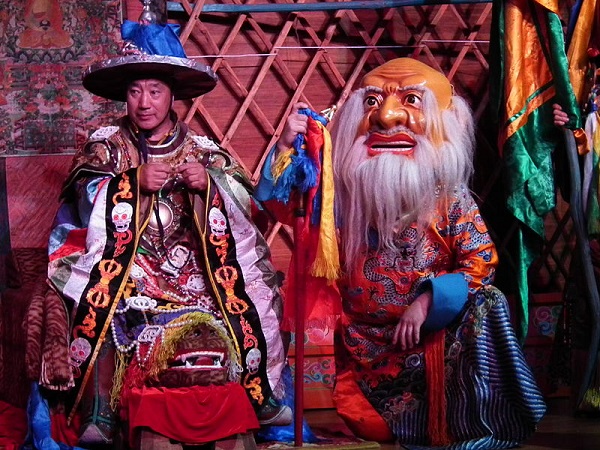
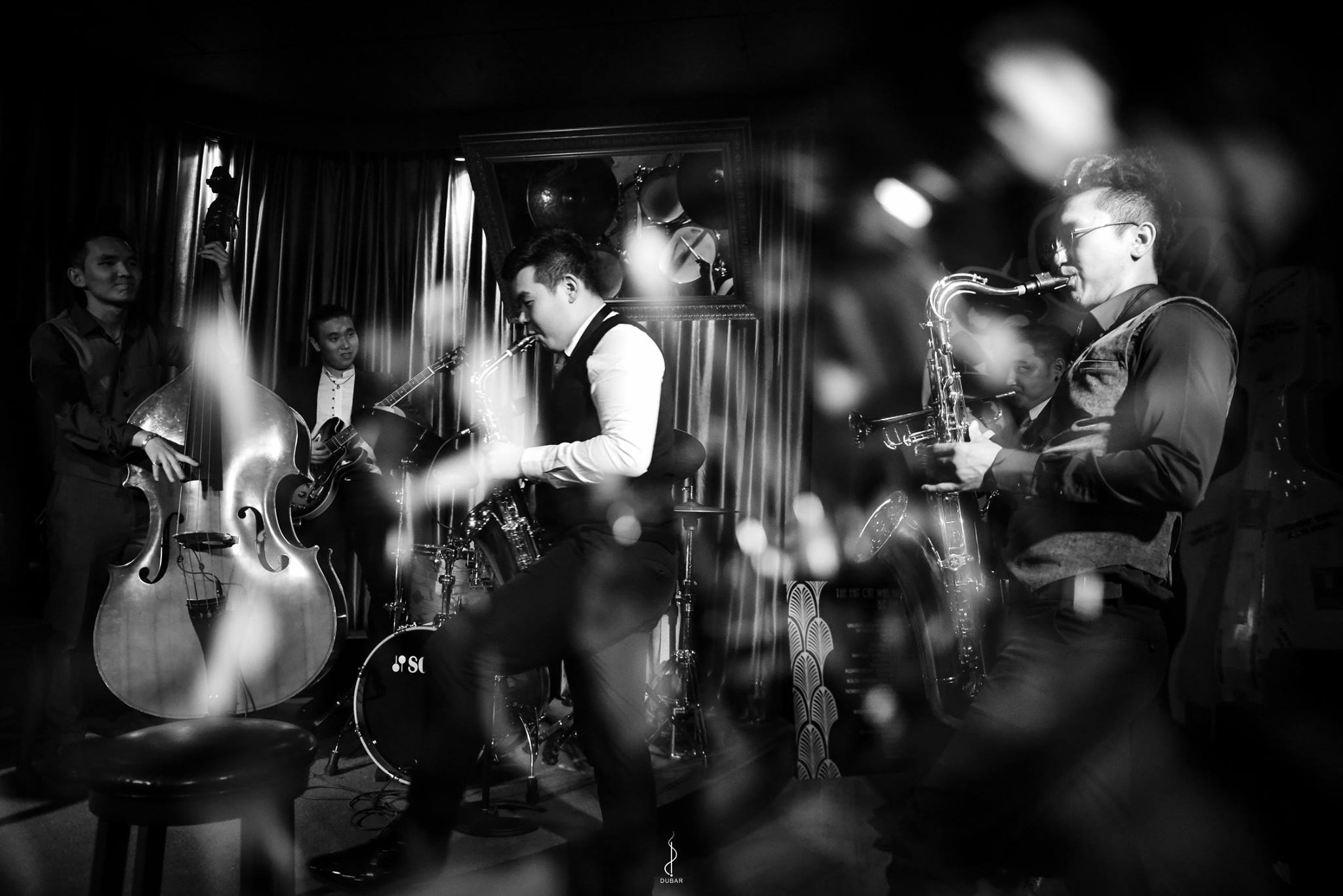
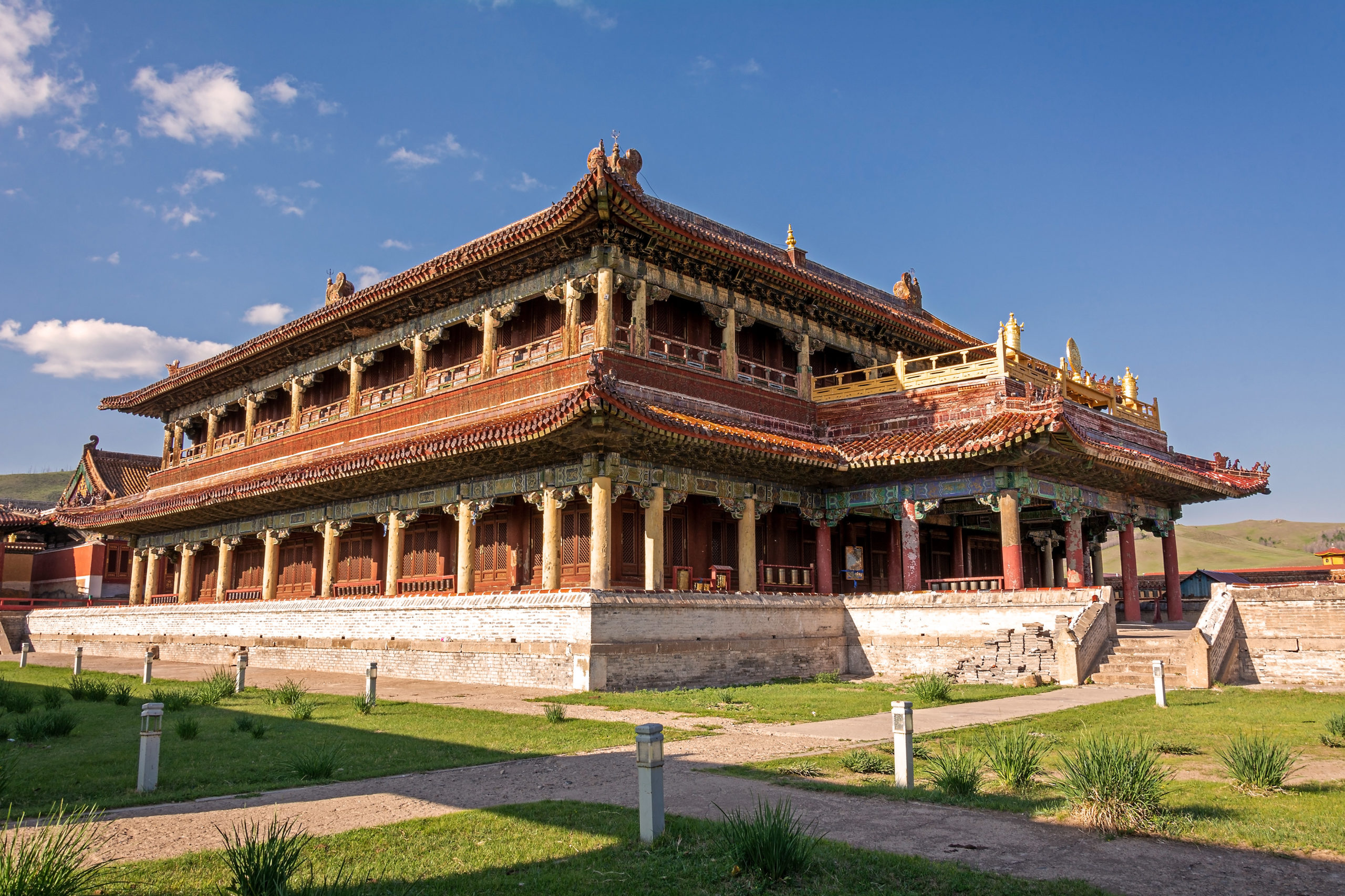
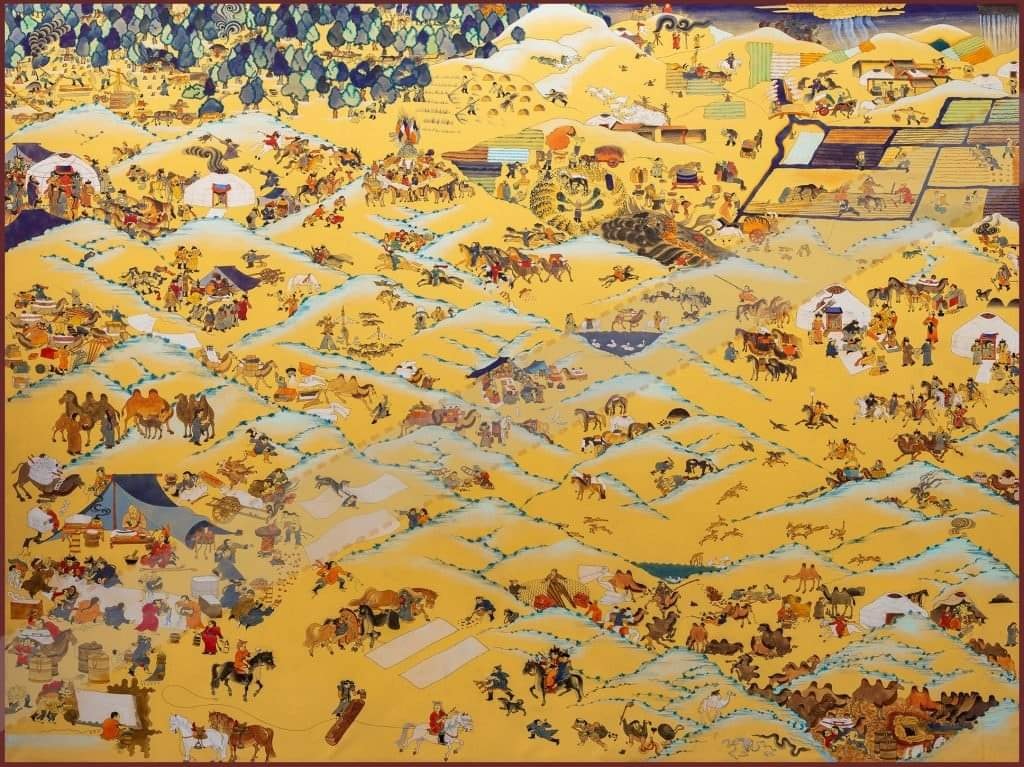
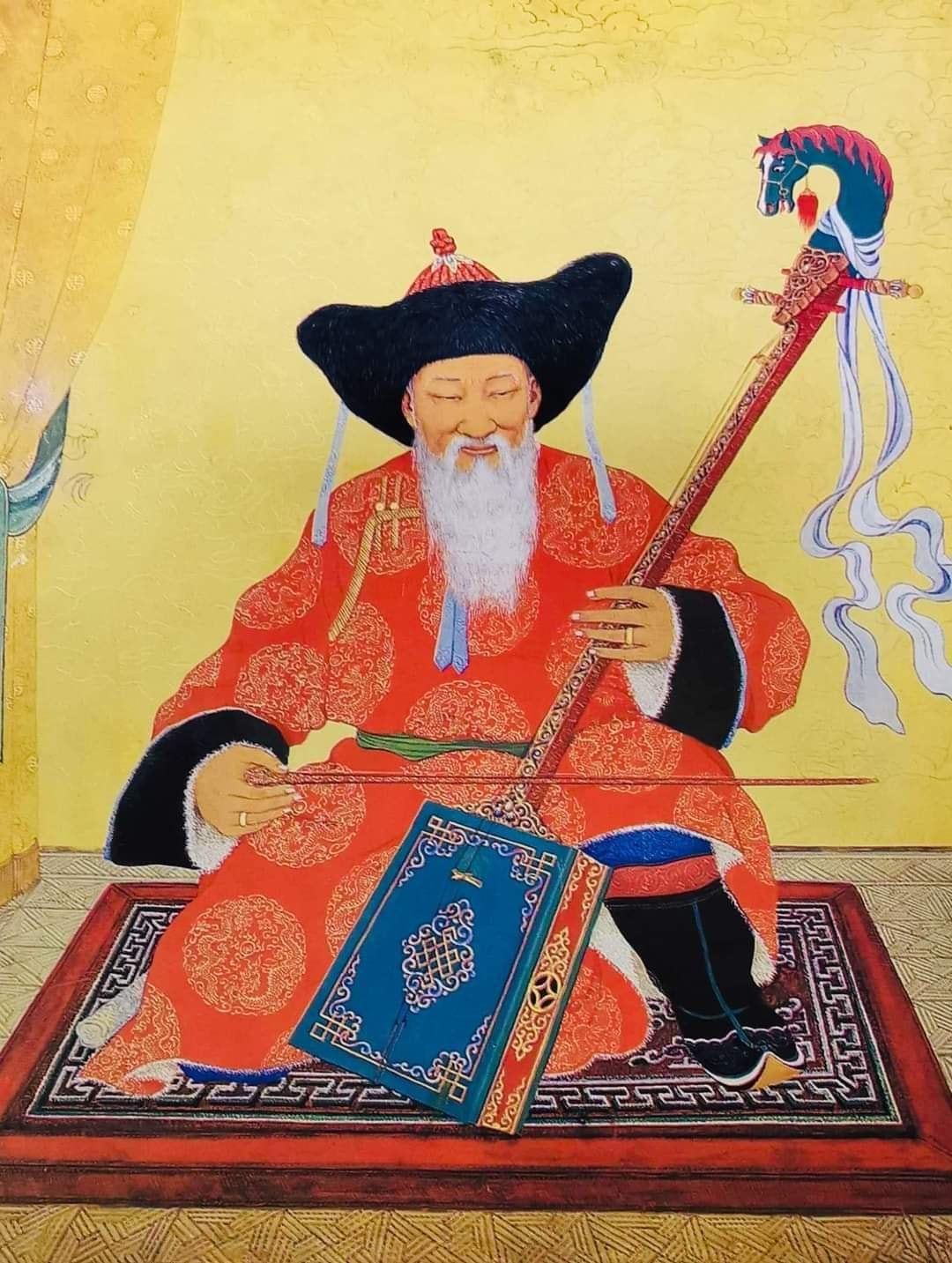

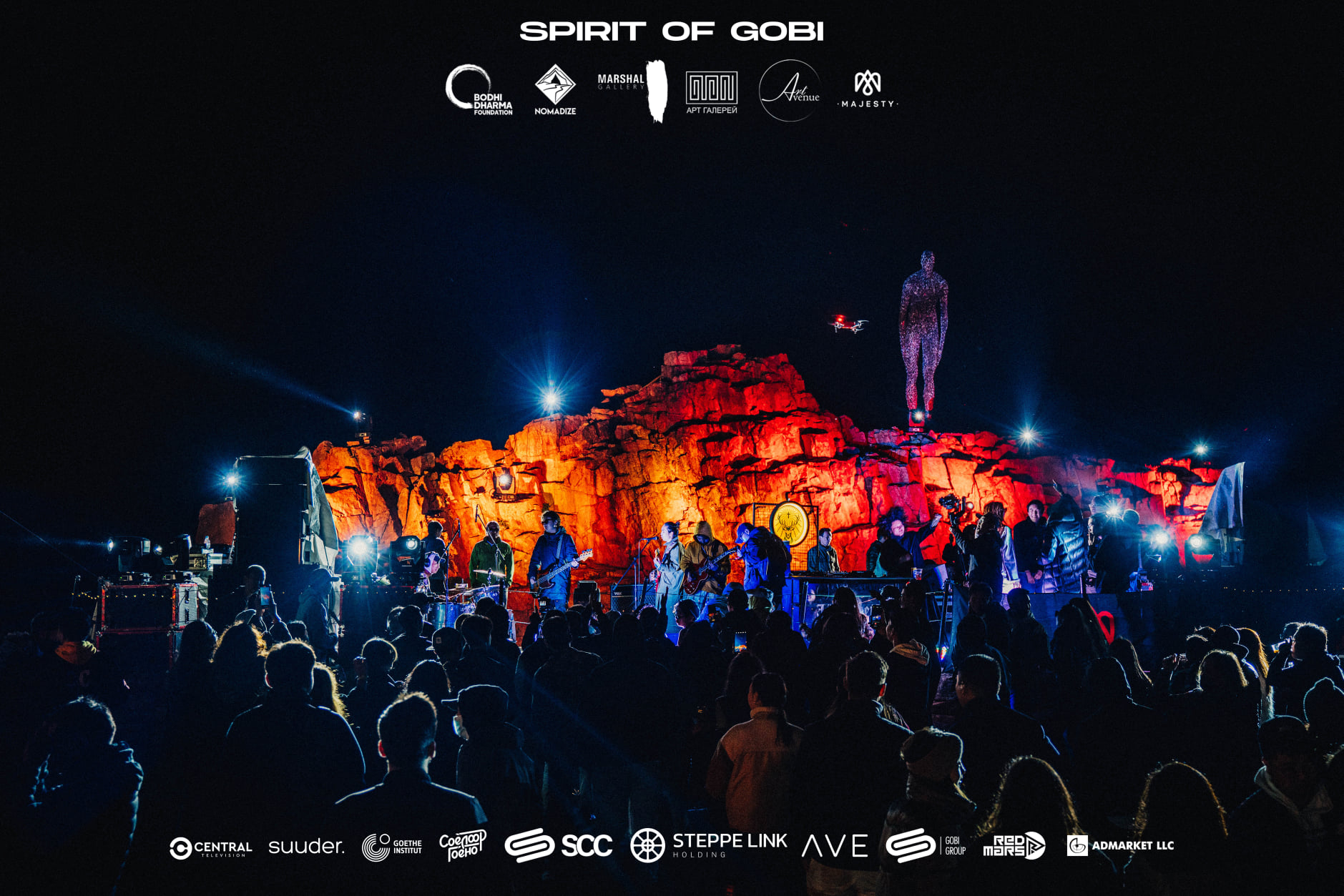
I have recently discovered your blog?, website? (I’m sorry) and I love it! As a fellow Mongolian currently studying in UK there are surprisingly number of people who know about Mongolia and have the intuition to know more. However, unfortunately, I didn’t put much effort into learning my own culture and traditions that are embedded in me in my upbringing is obviously not enough to fully give knowledge to my foreign friends. Therefore, ‘silkroadmongolia’ is without a doubt most if not one of the most helpful websites to come back to whenever I need extra data but also it is pretty convenient to use when I am not entirely sure how to explain certain things to people. Hence, I guess what I wanted to say is that I’m grateful that you have created ‘silkroadmongolia’ to all of us and still keeping it on the internet. Nevertheless, personally, I see that your posts could be better (though it’s already close perfect in all way), if you did in-text and end referencing. Anyways, I wanna thank you again and hope this comment finds you well. Аа бас Сайхан шинэлээрэй!!!